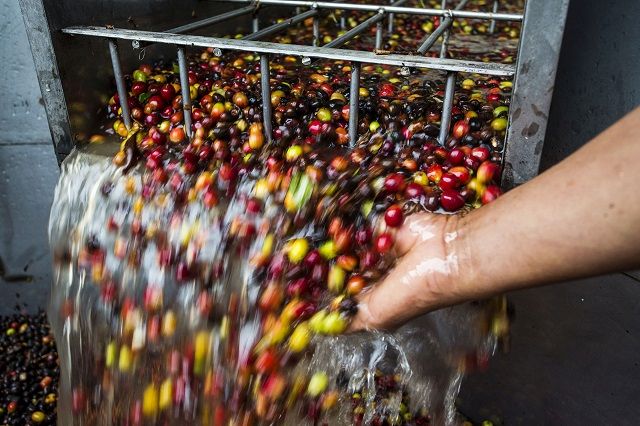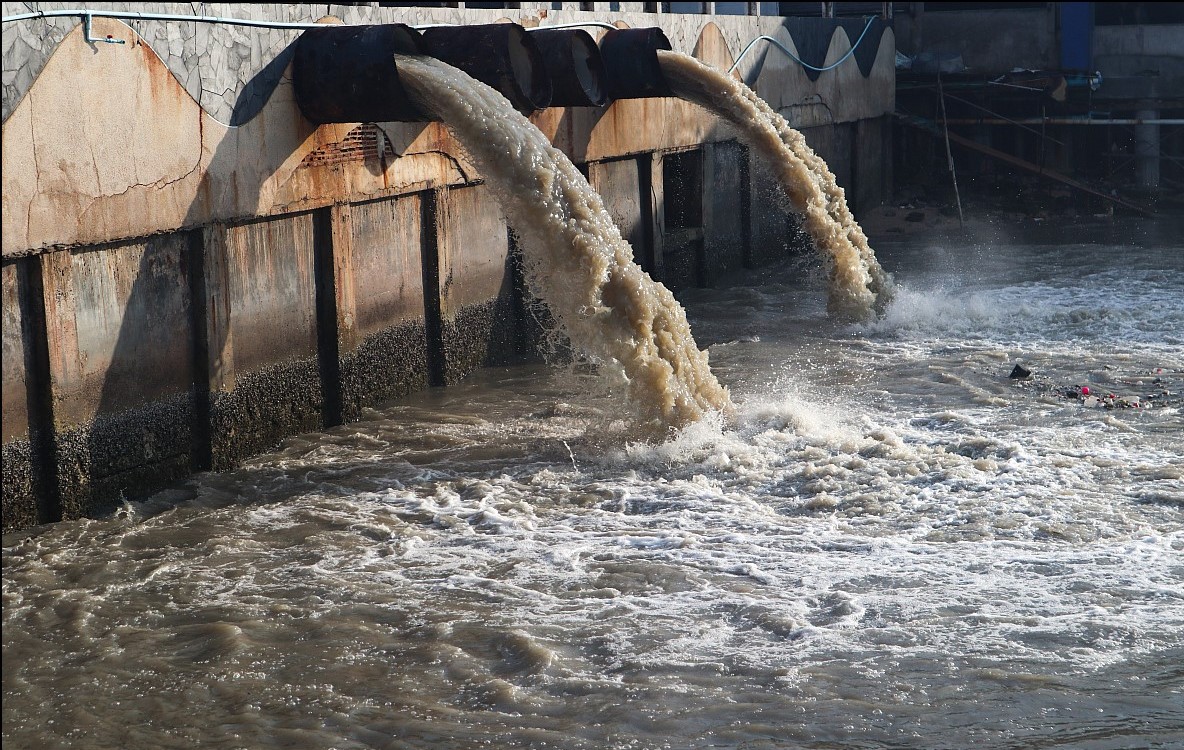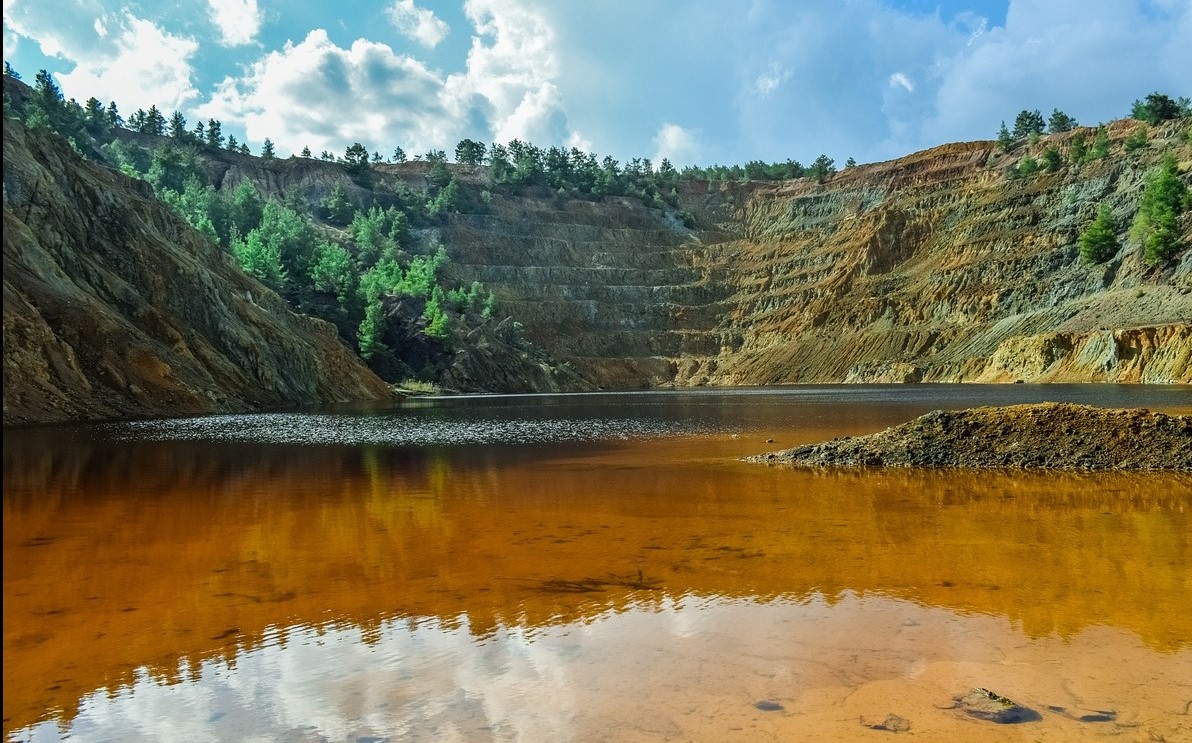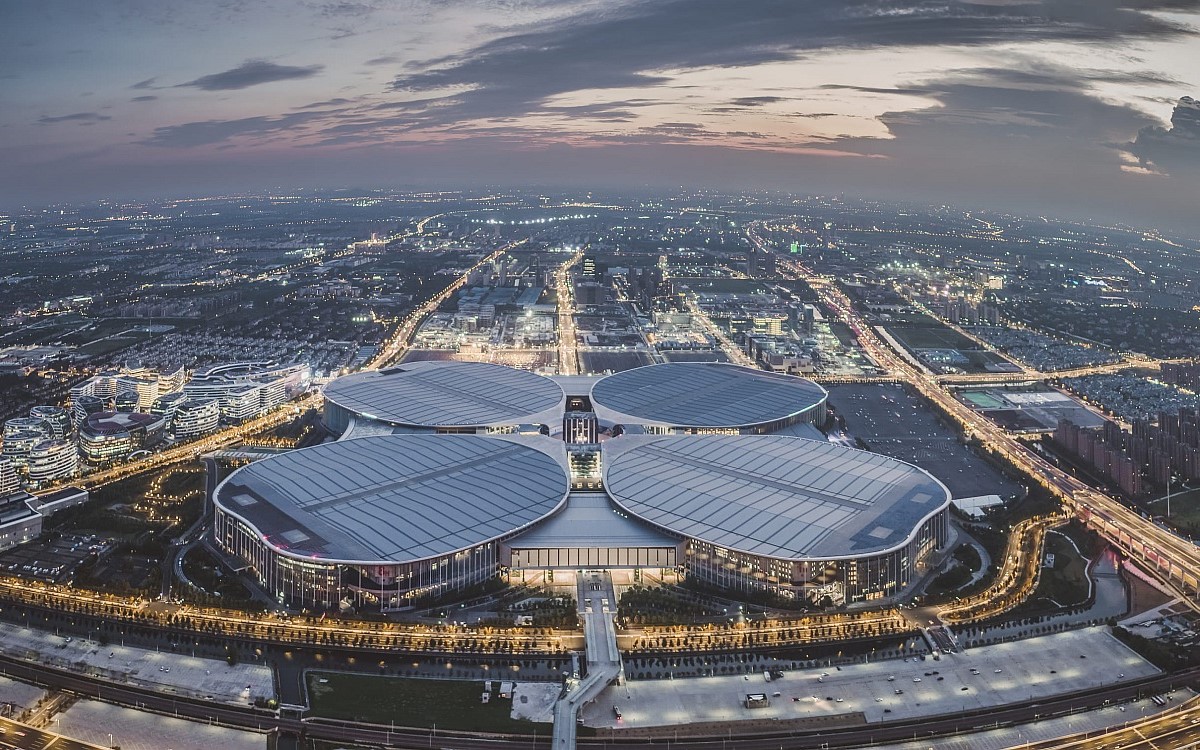The magazine Fortune cited a study conducted with sustainability consultant Quantis and the World Wildlife Fund revealing that Starbucks in 2018 was responsible for emitting 16 million t of greenhouse gases, using 1 billion m3 of water and dumping 868 kt (metric kilotons) of coffee cups and other waste.
According to the water footprint network the global average water footprint of one cup of coffee (125 ml) is 135 l. About 18,900 l of water are needed to produce 1 kg of roasted coffee. The global sum of international virtual water flows related to trade in coffee in the period 1996-2005 was 85 billion m3/a, which was 3.7 % of the total international virtual water flows related to trade in agricultural and industrial products in the world [1].
However, coffee is only one item of Starbucks’ product portfolio that exhibits a large environmental footprint. Furthermore, the global average water footprint of milk, part of various coffee recipes, is about 940 l/kg [2]. Therefore, replacing milk and whipped cream by plant-based alternatives is named as part of the strategy.
The strategy to become resource-positive
A comprehensive, data-driven environmental footprint of carbon emissions, water use and waste in Starbucks global operations and supply chain informed the five strategies to prioritize work:
- Expanding plant-based options, migrating toward a more environmentally friendly menu.
- Shifting from single-use to reusable packaging.
- Investing in innovative and regenerative agricultural practices, reforestation, forest conservation and water replenishment in Starbucks supply chain.
- Investing in better ways to manage waste, both in Starbucks stores and in its communities, to ensure more reuse, recycling and elimination of food waste.
- Innovating to develop more eco-friendly stores, operations, manufacturing and delivery.
Johnson also outlined three preliminary targets for 2030:
- A 50 % reduction in carbon emissions in Starbucks direct operations and supply chain.
- 50 % of water withdrawal for direct operations and coffee production will be conserved or replenished with a focus on communities and basins with high water risk.
- A 50 % reduction in waste sent to landfill from stores and manufacturing, driven by a broader shift toward a circular economy. To underscore its commitment to the circular economy, Starbucks is pleased to sign the Ellen MacArthur Foundation’s New Plastics Economy Global Commitment, setting ambitious circular targets for its packaging.







